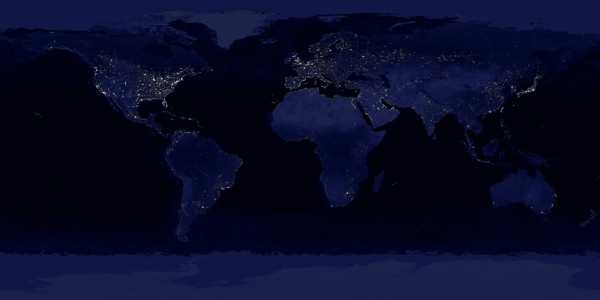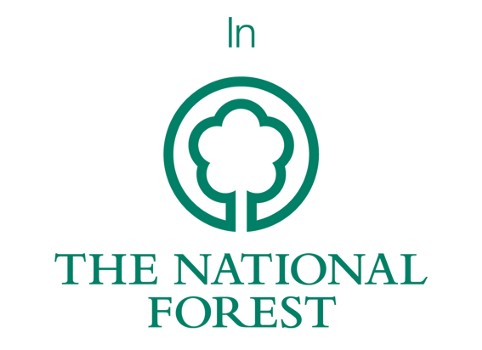We recently took a family holiday in the Isle of Skye. After a couple of months of unrelenting cloud and rain for the island, we were blessed with some clear, bright days as a huge high pressure crossed the UK. We also had several cloudless nights, and the northwest of Skye has some of the darkest skies in the UK. The Moon was out of sight, so Jupiter was the brightest object, in the middle of Gemini, with Orion nearby. Once away from any streetlights, the milky was clearly visible, arching overhead to Cassiopeia.
Just using my digital camera I was able to get some nice pictures of constellations and Jupiter’s moons, but as a novice in astrophotography there’s still some way to go.
The most striking thing is to think that, until the industrial revolution, whenever the night sky was clear, it would have been ablaze with stars, wherever you were. Even until the mid-20th century, most people would have enjoyed what are, paradoxically, termed ‘dark skies’.

Light pollution doesn’t just spoil our view of the stars, they disrupt the patterns of animal behaviour – have you never heard a blackbird singing at midnight under city-centre streetlights?
What one really must wonder about, is why we waste so much energy (and money) shooting a large proportion of our outdoor lighting straight up into the sky? Photographs of the night side of Earth from space show the enormous glow spread along the American east and west coasts, across Europe and all the concentrations of cities and industry.
In the USA there are now regulations to limit the upwards spill of light, even so, how long will it be before everyone can see the stars from their front doorstep?


